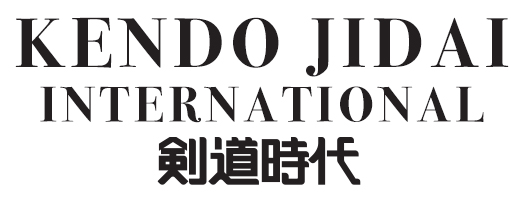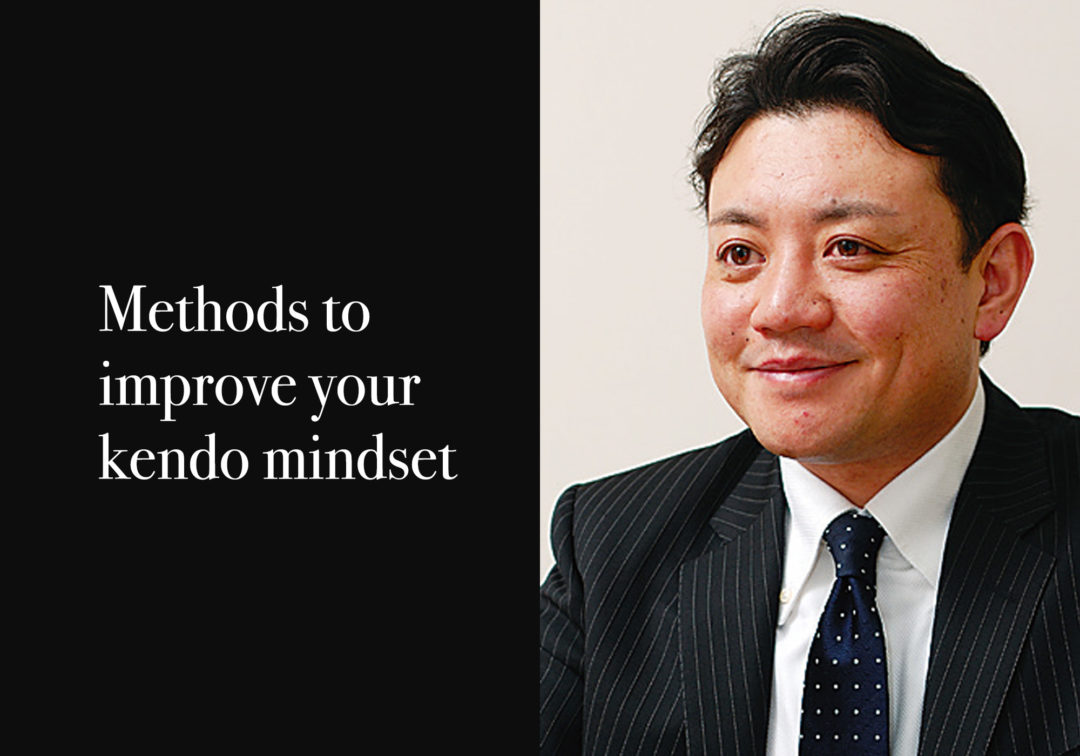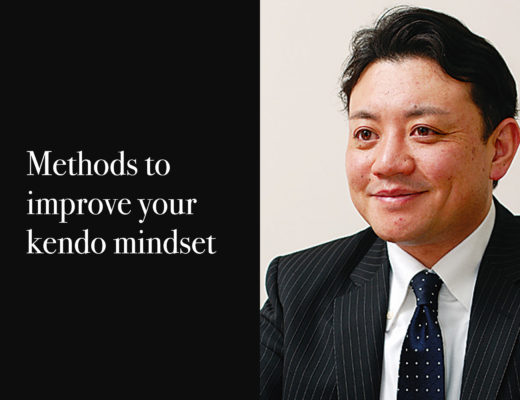My aim in writing this piece was not merely to present complex psychological research or topics, but to explain, as concretely and clearly as possible, what Kendo practitioners and athletes of various levels have “felt,” “thought,” and “put into practice” in their daily lives, while framing these experiences within psychological theories and methodologies. Each article is based on developing a story that links a specific theme in psychology with Kendo or everyday situations. If even a single phrase from these writings stays with you and serves as a source of guidance for your Kendo from tomorrow onward, it would be the greatest joy for me as the author.
Yano Hiromitsu
Born in Yuzawa City, Akita Prefecture in 1968. Graduated from Tokai University’s Faculty of Physical Education in Kendo followed by the Tokai University Graduate School of Physical Education (Sports Psychology). Graduated from Nagoya University Graduate School of Education and Development Science (Psychology). Ph.D.(Psychology). Currently a professor at the Kochi University Department of Education. As a sports psychology specialist, he worked on support for various competitions and at the same time directed the Kendo Club at Kochi university. He is also active internationally, including the position of Swedish National Kendo Team Director (2006). He has consistently developed research activities focusing on the connection between mind and body. Participated in the All Japan East-West Kendo Tournament receiving the Excellent Match Award. Kendo 7th Dan Kyoshi.
The Principle of Feedback
We often reflect after practice, asking ourselves questions such as, “How can I execute my techniques better?” “Could I have done it more effectively?” or “Next time, I’ll try it this way.” We then use that information to improve in the next practice or match. This process is called “feedback,” and in sports psychology it is described as “a mechanism in which information about one’s actions or responses (knowledge of results) is used to make adjustments, thereby refining them to become more appropriate.”
Feedback can be broadly divided into two types: internal feedback and external feedback.
Internal feedback refers to information obtained from within the body, such as proprioception (muscle sense) and the sense of balance. The more advanced a practitioner becomes, the more they tend to rely on this type of feedback. For this reason, it can be difficult for beginners, or for those who are unable to notice subtle differences in muscle tension or balance during movement.
External feedback, on the other hand, comes from outside the body—information obtained through means such as video recordings or observations from a coach. For example, when a kendo player receives advice from their coach after a match, this is a clear case of external feedback.
Next, we will look at how to use feedback effectively to improve the acquisition and refinement of motor skills, drawing on the research of Kerr (1982) to introduce methods for providing effective feedback.
1. The Person Providing Feedback
The rest of this article is only available for Kendo Jidai International subscribers!



